For over 30 years, Eastern DRC has been ravaged by an obscure conflict. Between resource plundering and geopolitical tensions, uncover the stakes of Kivu.
Some wars make headlines, while others remain relegated to the margins of collective awareness. For more than 30 years, eastern Democratic Republic of Congo (DRC) has been the stage for a deadly, silent war, one that, despite its major geopolitical implications, is often neglected by international media. Yet, the province of North Kivu, and particularly the strategic city of Goma, is now on the verge of falling under the control of the M23, a rebel group that many experts describe as a “proxy” of Rwanda.
How did we get here? Why is this region so coveted? And most importantly, what are the deep-rooted causes of this never-ending war? Understanding the Kivu war is to explore the geography of a vast territory, decipher the significance of its mineral resources, and trace back to the traumas of the 1994 Rwandan genocide.
A geography that shapes the conflict
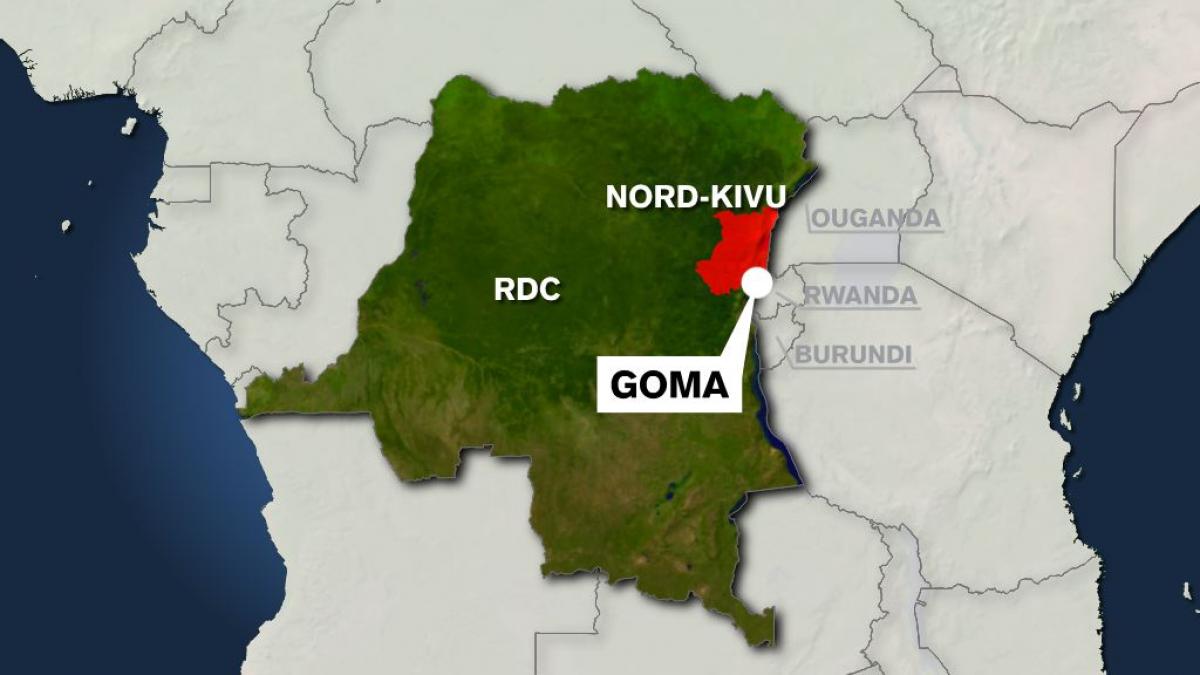
Kivu, an enclave in the east of the DRC, is a crossroads of tensions where economic interests, ethnic conflicts, and regional geopolitical issues intersect.
A vast and fragmented country
The DRC is the second-largest country in Africa after Algeria. With its 2.3 million km², it is larger than Western Europe, yet remains extremely difficult to govern due to a central power based in Kinshasa, a city of over 17 million people, located more than 2,500 km from Goma.
In a country where the road network is inadequate and infrastructure nearly nonexistent, cities like Goma, Bukavu, and Kisangani are more oriented towards their neighboring countries than to their own capital. The east of the country, rich in minerals, is thus isolated from Kinshasa and highly exposed to external influences, particularly those from Rwanda, Uganda, and Burundi.
The black Gold of Kivu: Mining resources at the heart of rivalries
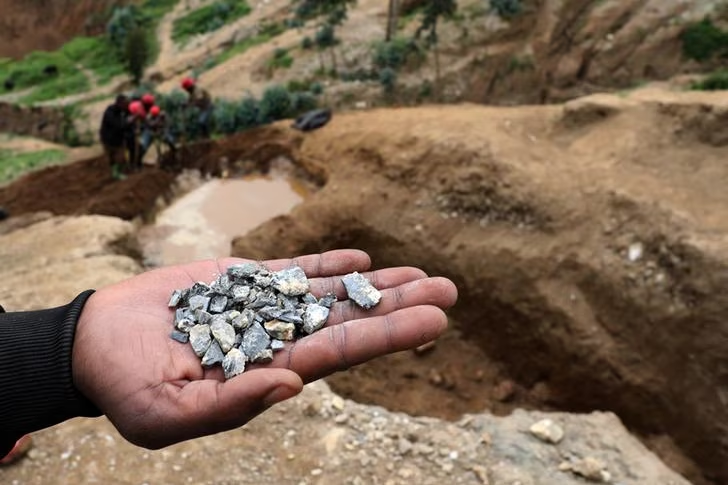
Deep within the DRC lies a fortune. The eastern part of the country is rich in invaluable mineral resources that have sparked rivalries for decades.
A treasure of the earth
Kivu and Ituri are among the richest mineral zones in the world. They contain:
- Gold: Found from Kivu to the northern Ituri, illegally mined by armed groups.
- Tin and tungsten: Widely used in electronics.
- Coltan: This strategic metal used in the production of mobile phones and semiconductors. The DRC holds over 50% of the world’s reserves of this rare and precious mineral.
Exploitation under influence
The exploitation of these resources does not benefit the Congolese but rather opaque networks that include multinational companies, corrupt elites, and armed groups. Among them is M23, which is currently stepping up its offensive in Kivu.
Behind this rebel group, all eyes turn to Kigali. Numerous reports accuse Rwanda of supporting M23, not for security reasons, but to control the exploitation of Congolese minerals. By gaining access to Kivu’s wealth, Kigali reaps millions of dollars through the illegal exportation of minerals extracted from Congolese soil.
Rwanda and DRC: A war marked by a genocide
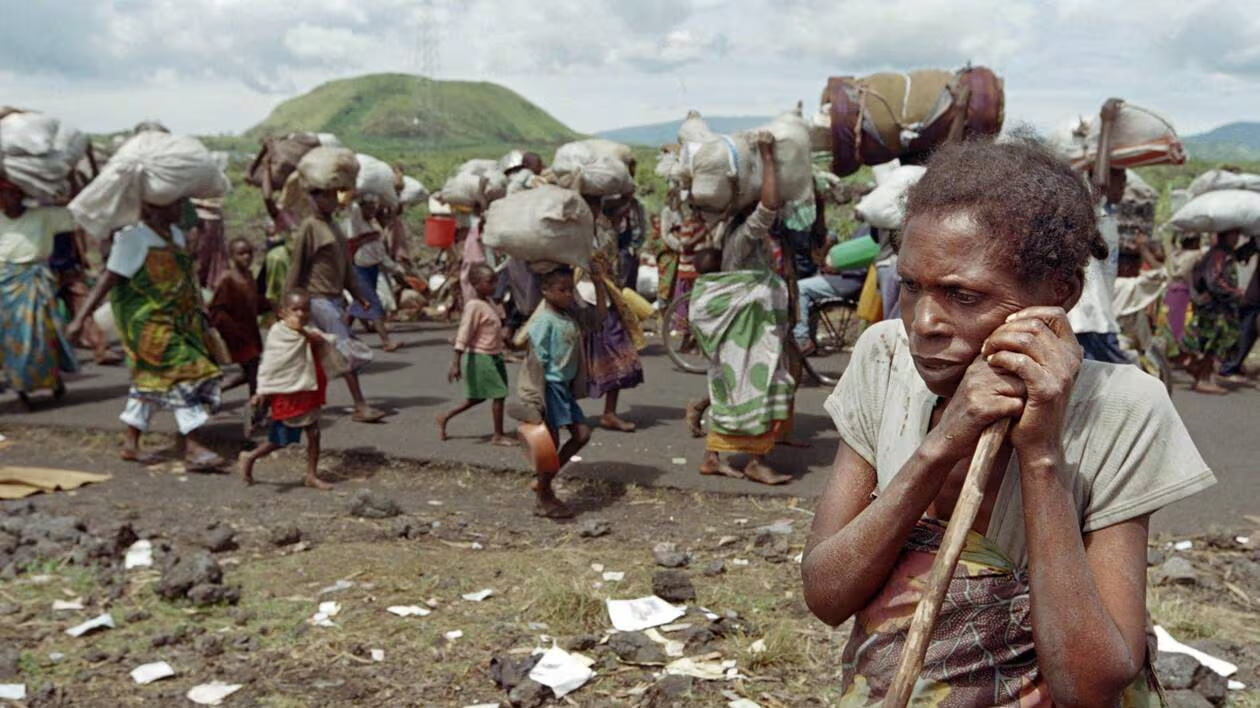
While Paul Kagame’s Rwanda today justifies its presence in Kivu with security reasons, this rhetoric is inseparable from the trauma of the 1994 genocide.
The ashes of the last genocide of the 20th Century
On April 6, 1994, a plane carrying Rwandan President Juvénal Habyarimana was shot down. What followed was one of the darkest episodes in modern history:
- 800,000 Tutsis and moderate Hutus murdered in 100 days.
- A systematic massacre carried out with machetes, often by neighbors, friends, and colleagues.
- A region completely destabilized, with a wave of Hutu refugees, many of whom were genocide perpetrators, fleeing to Eastern Congo.
Kagame’s Rwanda and the security pretext
Since coming to power in 1994, Paul Kagamé has continuously claimed that the ex-genocidaires, Hutus refugees in Kivu, pose a threat to Rwanda’s security.
However, today, this threat is largely exaggerated, according to many experts. In reality, Rwanda uses this justification to maintain military and economic influence in the DRC, especially through M23.
In 2012, M23 had already attempted an offensive on Goma, only to be defeated under international pressure. Ten years later, it is making a strong comeback, with the same objective: to weaken Kinshasa and solidify Rwanda’s influence over Kivu.
A silent, but devastating war
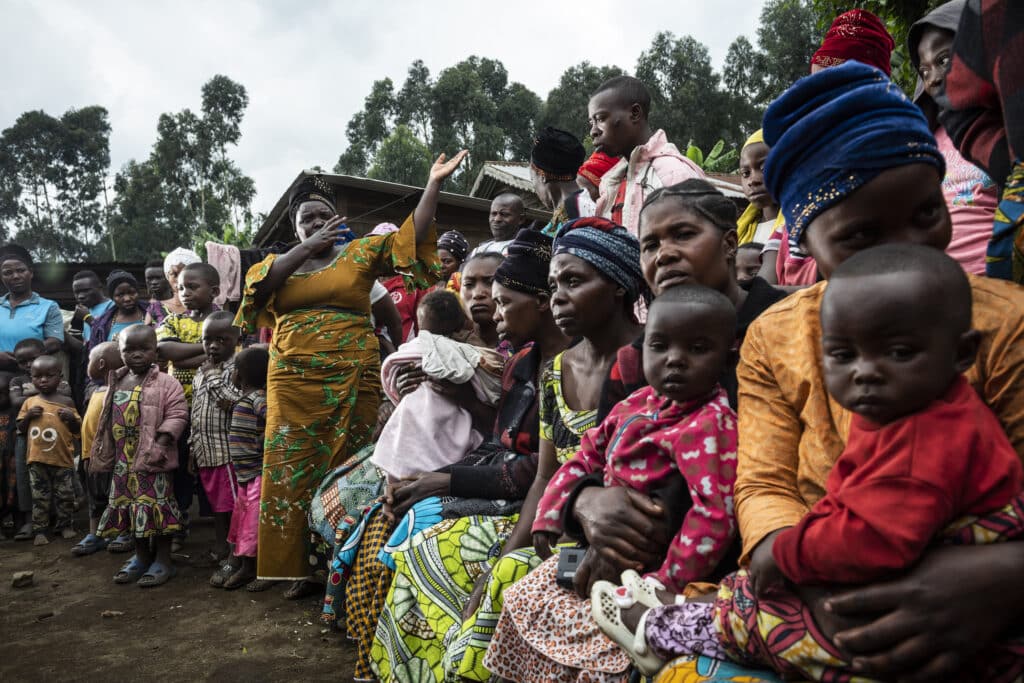
This war, which has been raging for over 30 years, is one of the deadliest in the world:
- Over 6 million deaths since the early 1990s.
- Hundreds of thousands of displaced people, fleeing violence and insecurity.
- Systematic violence, especially against women, used as weapons of war.
Yet, despite these staggering figures, this conflict remains largely ignored by the international community.
What future for the Kivu?
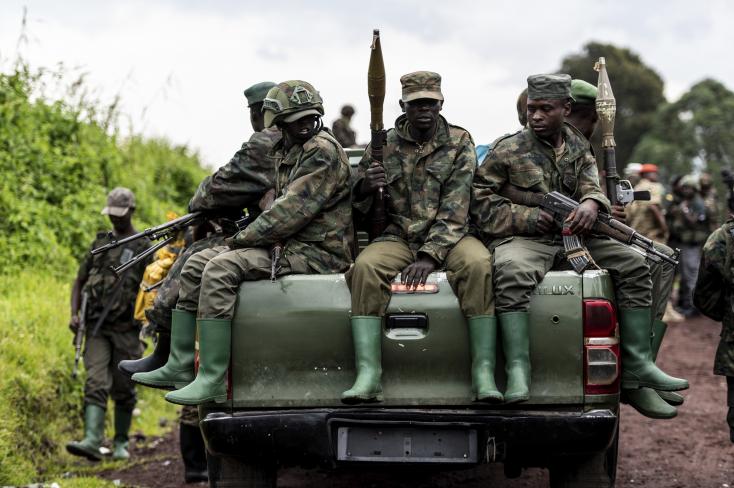
A political and regional solution
In the face of this war that exceeds Congolese borders, several paths are emerging:
- Genuine diplomatic pressure on Rwanda: The United Nations and the African Union must recognize Kigali’s interference and sanction the illegal export of Rwandan minerals.
- Military stabilization under an African mandate: The Congolese army alone cannot secure Kivu against the M23 and other armed groups. A pan-African force must be considered.
- A change in governance in the DRC: Congolese elites must take responsibility and fight the corruption that is crippling the country.
The people of Kivu on the front lines
While the international community looks the other way, the local populations endure instability and violence every day. They pay the price for the organized chaos, even as they live on one of the richest territories in the world.
The obligation to look
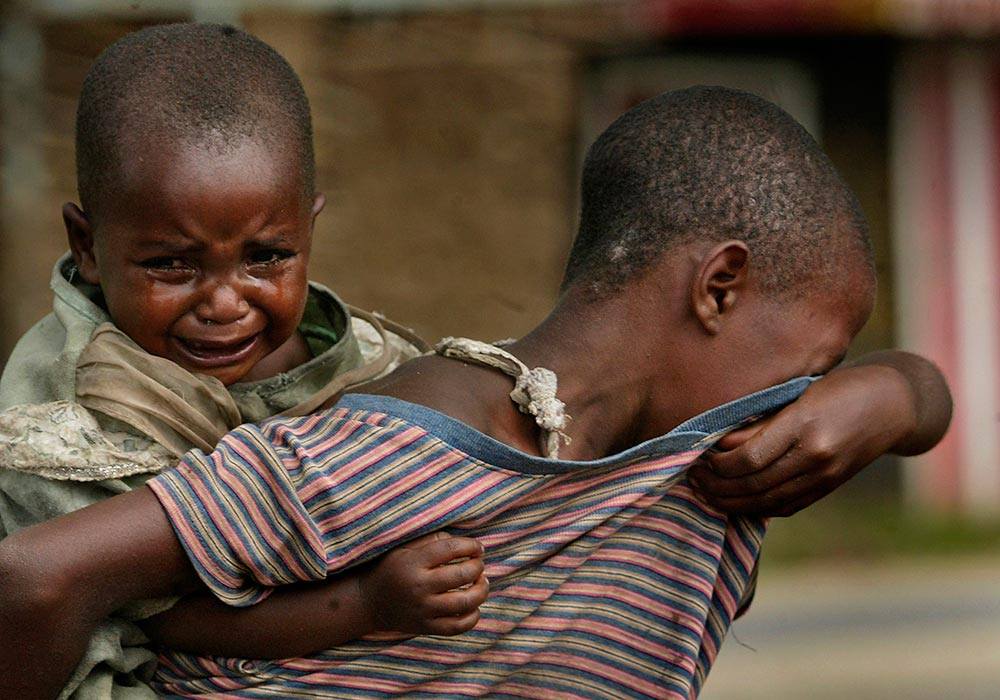
This conflict is not inevitable, but the result of cynical geopolitical and economic choices. If we turn a blind eye to the silent massacre in Kivu, we are accepting that millions of lives are shattered in the name of profit and power.
The war in Kivu is not just a regional clash. It is a 21st-century war, where the black gold of minerals is worth more than human lives.
And if the world continues to look away, the lands of Kivu will continue to bleed, in silence.
Notes et References :
- Rapport des Nations Unies sur l’exploitation illégale des ressources naturelles en RDC – Conseil de sécurité de l’ONU, 2023.
- Géopolitique du Kivu : conflits et enjeux miniers – International Crisis Group, 2024.
- Le rôle du Rwanda dans l’instabilité à l’Est du Congo – Enquête publiée par Le Monde Diplomatique, 2023.
- Cartographie du génocide rwandais et ses conséquences en RDC – African Studies Review, Vol. 65, 2024.
- Les minerais du sang : économie et conflits en RDC – Global Witness, 2023.
- Témoignages et rapports d’ONG sur les exactions du M23 – Human Rights Watch, 2024.
- Stratégie du Rwanda en RDC : Entre sécurité et exploitation économique – Jeune Afrique, 2024.
- Histoire et dynamique du conflit au Kivu – Institut Français des Relations Internationales (IFRI), 2023.
- Le rôle des multinationales dans l’extraction des ressources congolaises – The Guardian, 2024.
- Interviews de chercheurs en géopolitique sur la crise congolaise – BBC Africa, 2024.
